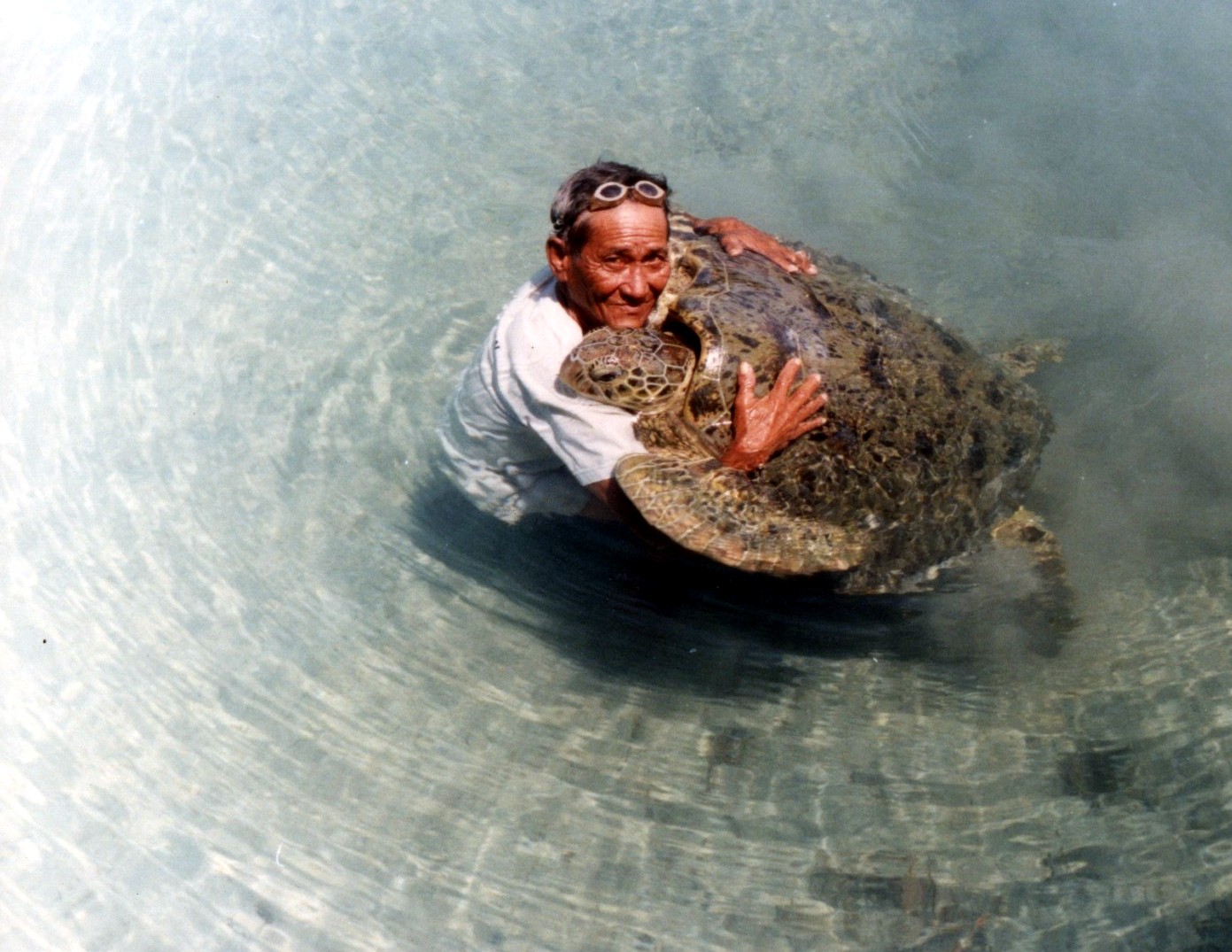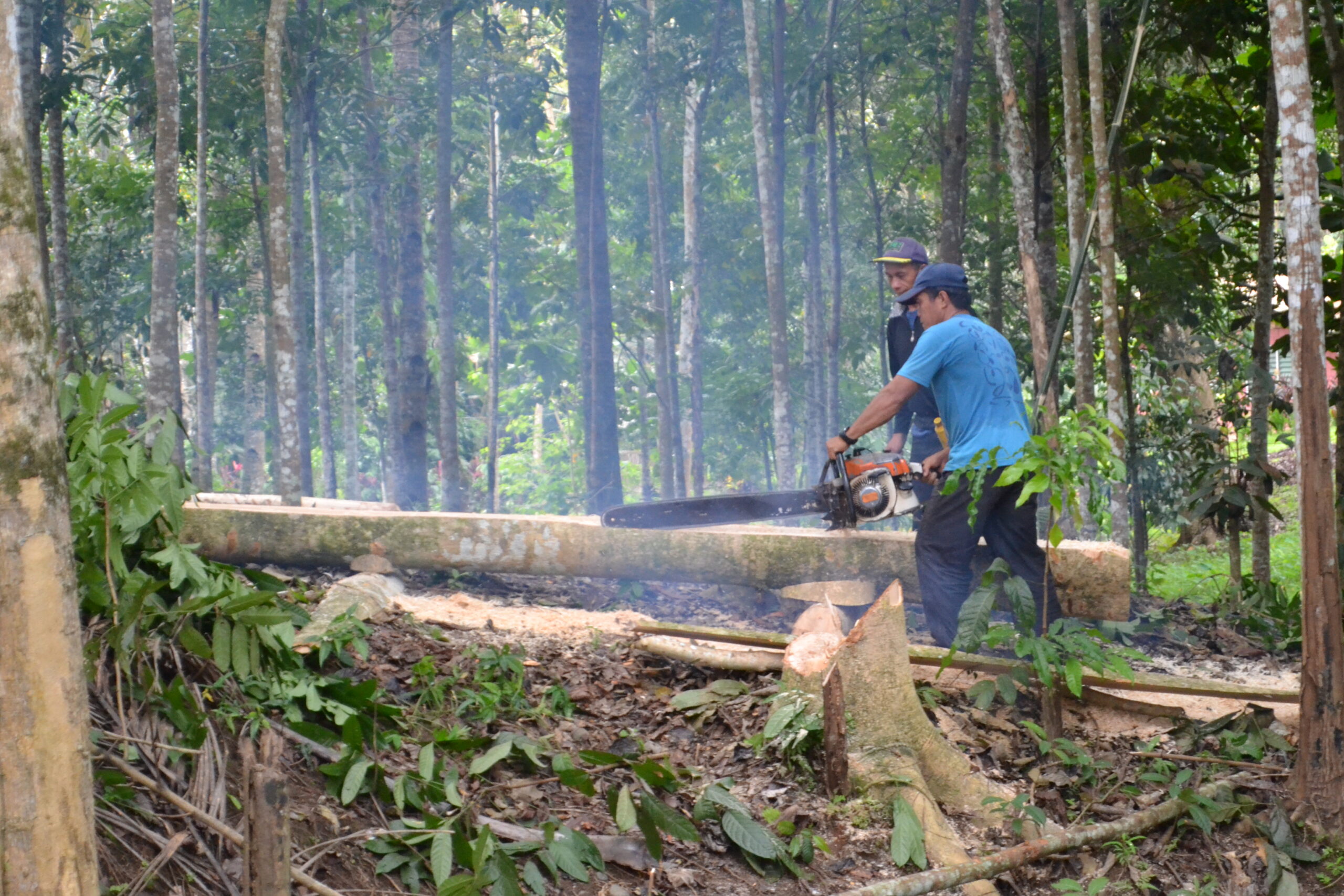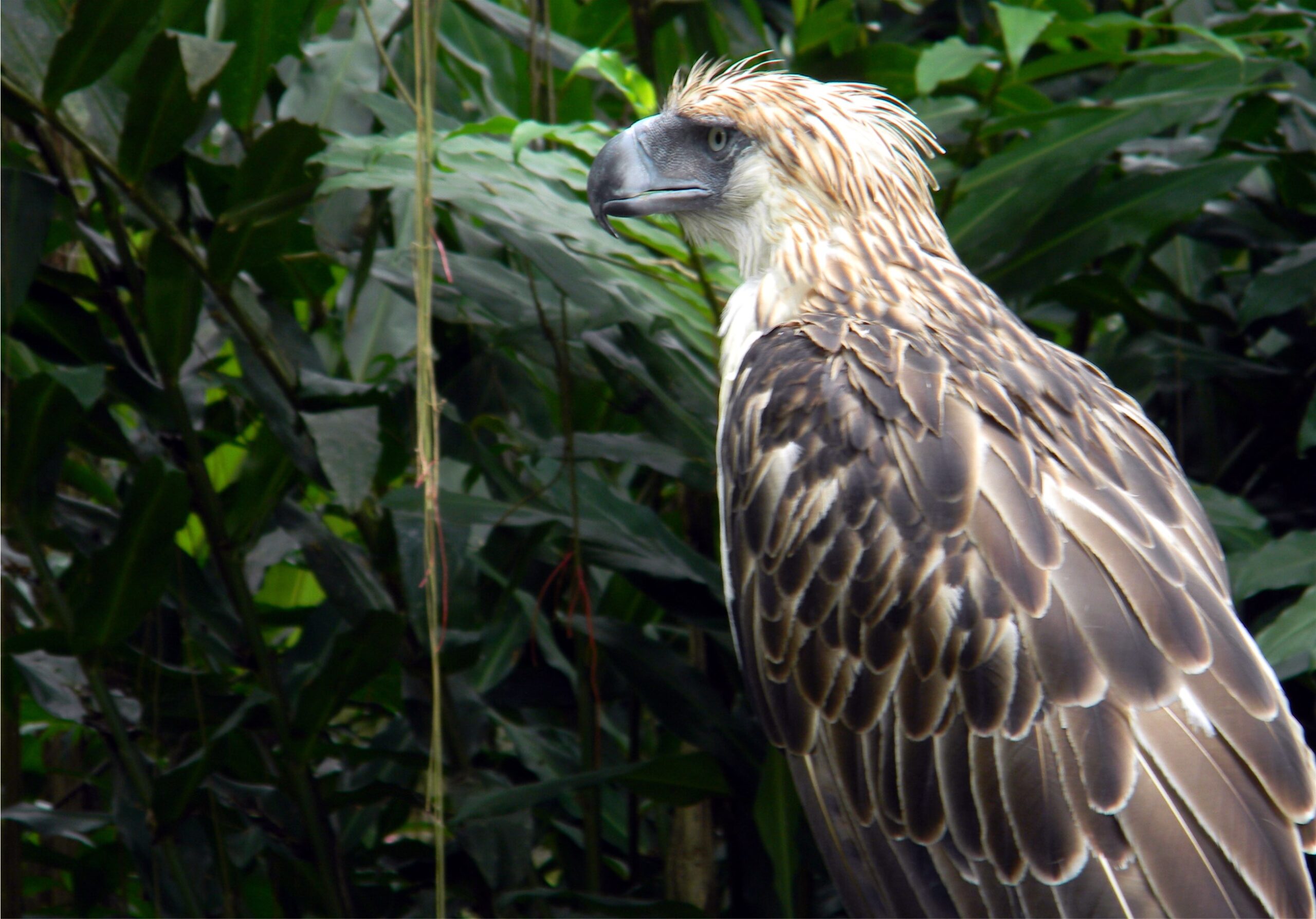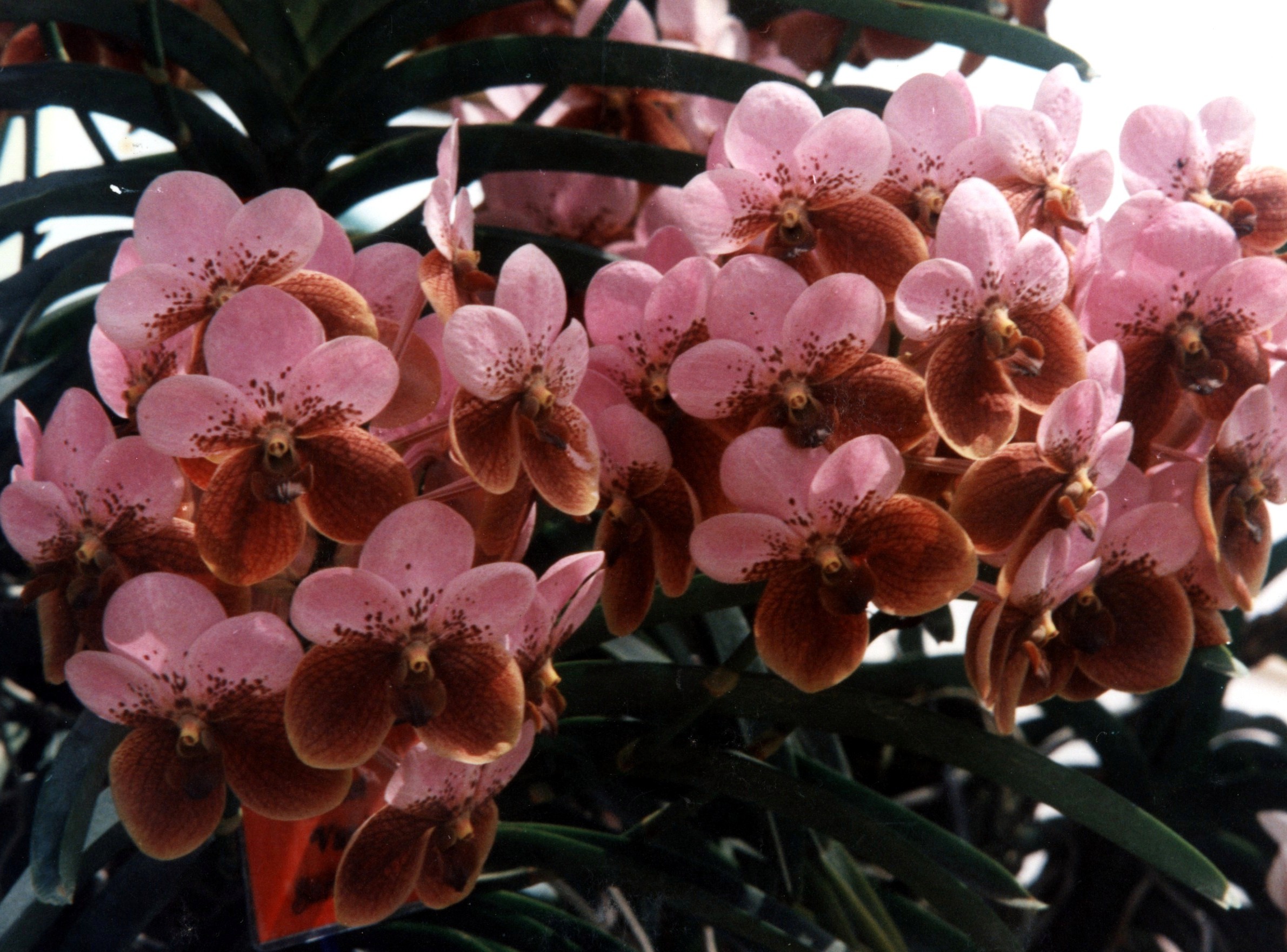Text and Photos by Henrylito D. Tacio
Last May, the illegal trading of juvenile birds made rounds on social media. Fortunately, even before it was sold, the Community Environment and Natural Resources Office (CENRO) confiscated the bird.
In an investigation that followed, the seller – who was a minor – said he had done such an act “in good faith” as he only discovered the nest of the three juvenile kingfisher birds on a rotten tree. He thought of rescuing them, so he brought them home for care.
But he was incapable of raising the birds, and so he thought of selling them through the online market. The confiscated wildlife species were turned-over to the Department of Environment and Natural Resources (DENR).
“The minor seller was accompanied by his mother and were both educated about the laws that protect our wildlife species and the consequences that come with it when illegal activities are committed,” said a press statement from the DENR.
The Philippines has 19 species of kingfishers, 11 of which are found only in the country. As they are wild birds, they cannot be tamed and are not friendly. In many places, it is illegal to own a kingfisher as a pet.
The wildlife species of the Philippines includes a significant number of endemic flora and fauna. In 2020, sixty-seven percent of the 52,177 species in the country were identified as endemic, with 418 of them listed as threatened by the Red List of the International Union for the Conservation of Nature and Natural Resources (IUCN).
Hunting for international trade, destruction of habitat due to massive land conversion, and climate change have been recognized as the culprit of the diminishing number of their population.
“Wildlife species are often traded as skins, leather goods, souvenirs, food, traditional medicine, pets, and many other forms,” wrote Manila Bulletin’s Faith Argosino. “Illegal wildlife trade is an industry that involves the unlawful harvesting and trafficking of live animals and plants and their parts and products.”
Argosino reported that, as per records from the DENR, the following wildlife species were confiscated from 2014 to 2017: 354 marine turtles; 4,300 freshwater turtles, 4,000 of which were Philippine forest turtles; 58 pangolins; 70 hawksbill turtles; 58 Goffin’s cockatoos; nearly 1,000 endemic pitcher plants and lady slipper orchids; 106 sulfur-crested cockatoos; and 462 Indonesian endemic parrots.


Wildlife trafficking is now a transnational organized crime. It is the fourth largest transnational crime in the world, following the trafficking of drugs, people, and weapons.
The Philippines is a consumer, source, and transit point for illegal wildlife trade, threatening endemic species populations, economic development, and biodiversity. The country has been a party to the Convention on Biological Diversity since 1992.
The World Wildlife Organization explained illegal wildlife trade is driven by high-profit margins and, in many cases, the high prices paid for rare species. Vulnerable wild flora and fauna are also pushed further to the edge of extinction when nature can’t replenish their stocks to keep up with the rate of human exploitation.
In the Philippines, DENR is the lead agency for combating illegal wildlife trade. It acts through the Republic Act 9147 or the Wildlife Resources Conservation and Protection Act, which is the key legislation to protect and conserve the country’s wildlife species.
Under this law, caught violators killing critically endangered wildlife face a sentence of six years and one day to 12 years in prison or a fine ranging from P100,000 to P1 million. The penalty for the transport of wildlife species is from six months to one-year imprisonment or a fine of P50,000 to P100,000.
Last year, the DENR introduced automated permit issuance for the trading of flora and fauna to enhance global trade transparency with the objective of preventing illegal wildlife trade and developing biodiversity sustainably.
This is in compliance with the Convention on International Trade in Endangered Species of Wild Fauna and Flora (CITES). The issuance of permits is done electronically through eCITESPH.com. It is aligned with Republic Act 11032 or 2018 or Ease of Doing Business and Efficient Government Service Delivery.
“The system will improve control of international trade in endangered species,” explained Assistant Director Amelia Ortiz of the Biodiversity Management Bureau (BMB). “Automation of CITES processes will help enforce regulations, increase transparency, and facilitate processing and electronic data exchange with customs and other agencies.”
In addition, “electronic information exchange will reduce opportunities for corruption and the use of fraudulent documents in the trading of endangered species,” she said, adding that BMB issues more than 1,500 permits each year.
More than 38,700 species – including 5,900 animal species and 32,800 plant species – are protected under the CITES, an international treaty signed by the Philippines, which was entered into force in 1975. Each species is under any of three appendices depending on the degree of protection they need.
Illegal wildlife trade is a big business, bringing in estimated billions of dollars of illegal revenue. In the Philippines, the value of illegal wildlife trade is estimated at $10 billion to $23 billion per year, according to a report from the Manila-based Asian Development (ADB), “Addressing the Illegal Wildlife Trade in the Philippines.”


Poaching or taking without permission of wildlife species occurs throughout the country, but in Mindanao, the major poaching areas are located in Agusan del Norte, Bukidnon, Mapun Island (in the southwestern Sulu Sea), and Turtle Islands (like in the Sulu Sea).
Mati City in Davao Oriental and Lipata Port in Surigao del Norte have been listed by the ADB report as one of the transshipment points of wildlife in Mindanao. Davao City is included in the list of major confiscation sites of wildlife fauna, along with Cagayan de Oro, Pagadian, Surigao, and Zamboanga. Cabadbaran in Agusan del Norte is listed as a major confiscation site of wild flora.
CITES has listed almost 50 wildlife species in the country that are rare, threatened, or endangered. Among those included in the list are five marine turtles, two crocodile species, the Philippine eagle, tamaraw, and dugongs.
“Once these species are gone, they are gone forever, leaving behind an imbalance in ecology and beauty difficult to determine and restore,” a committed Filipino environmentalist reminded.

